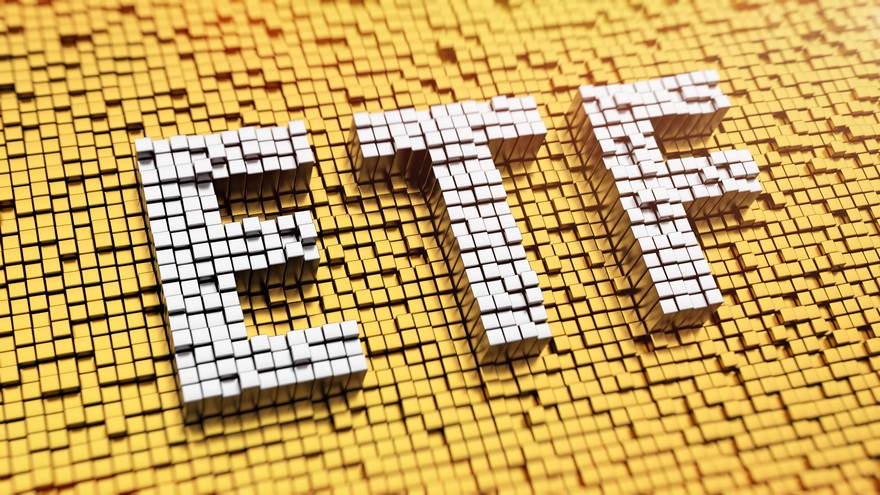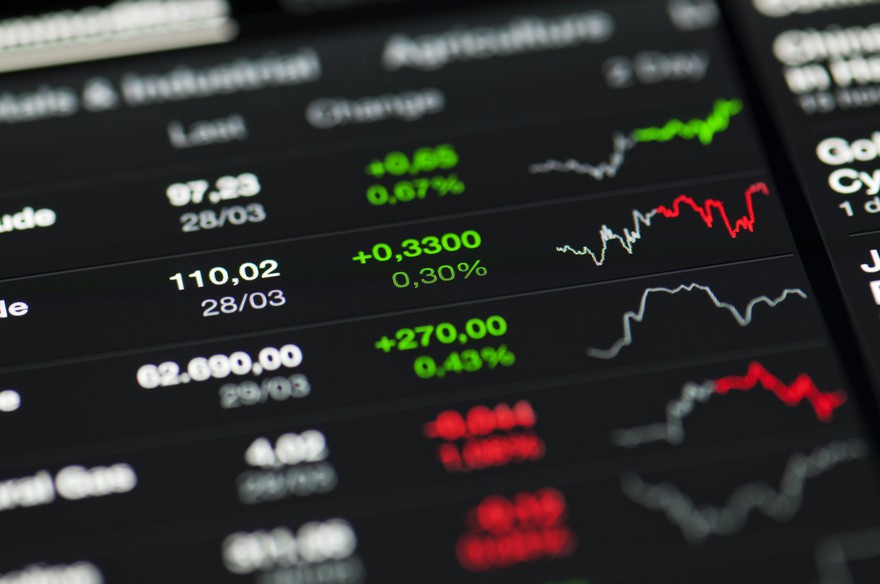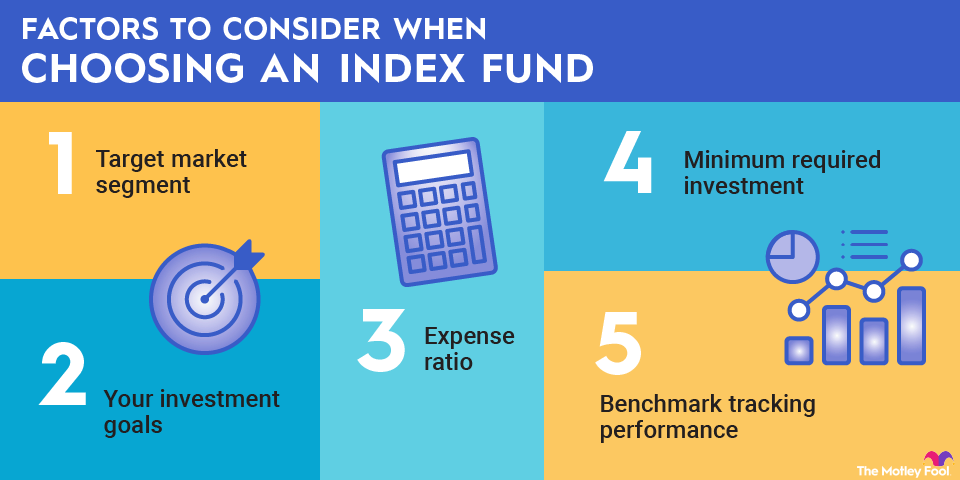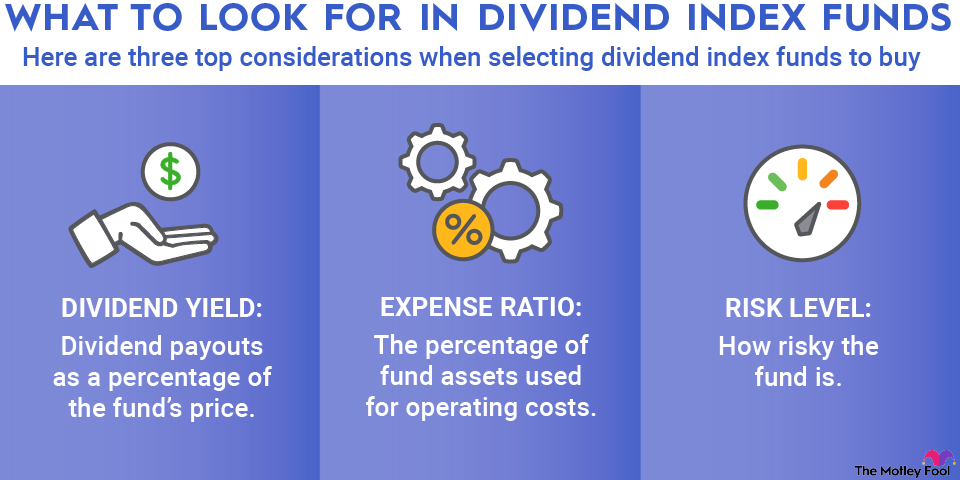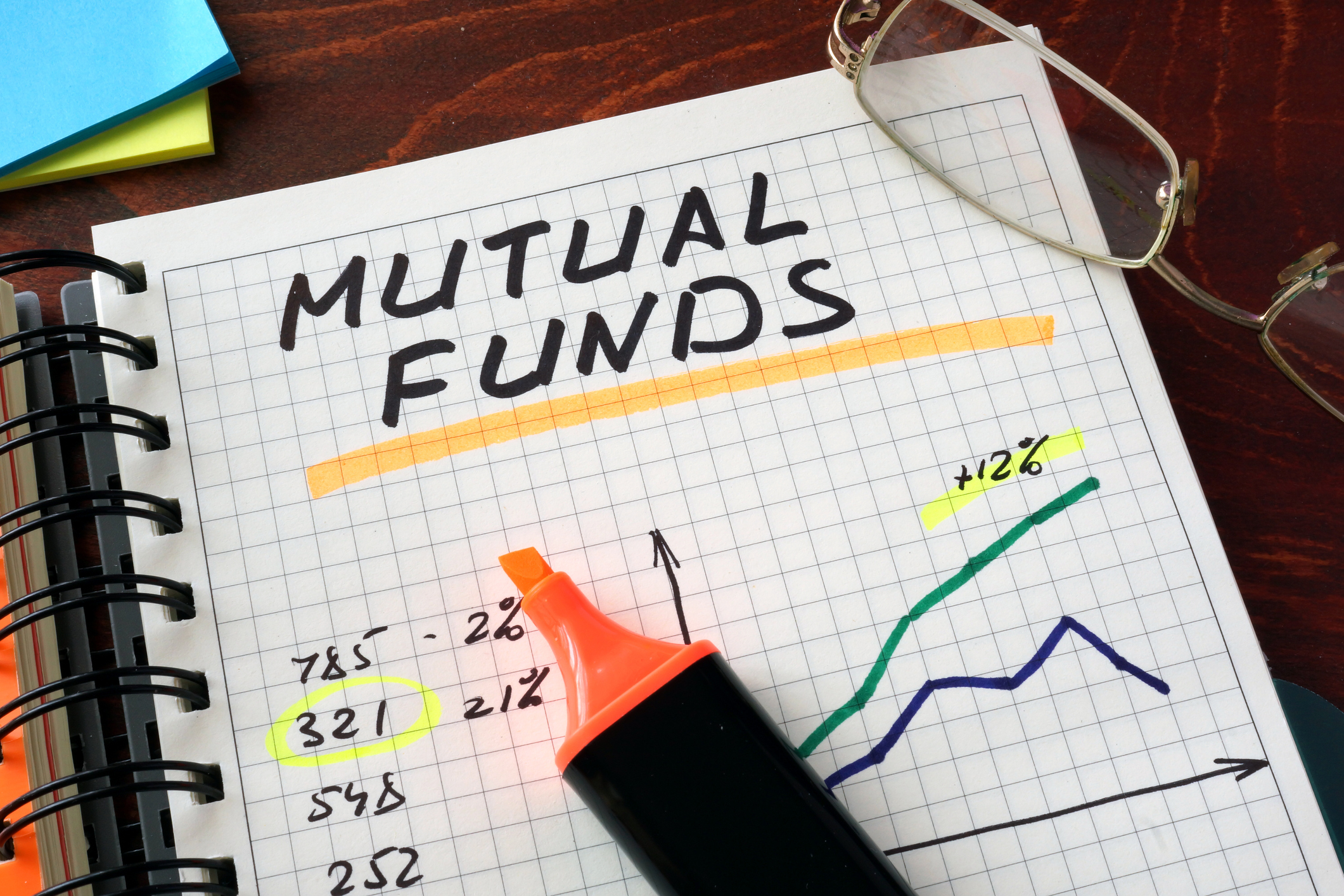Index funds can be an excellent way to build an investment portfolio that isn't too dependent on the success of any particular stock or bond. But not all index funds are in the "safe" category. In this article, we'll dive into nine top index funds that should hold up well during turbulent times while still delivering strong long-term performance -- no matter what the economy does.
Before we go on, none of these are completely safe, especially over short time periods. However, these index funds offer an excellent combination of growth potential and long-term safety.
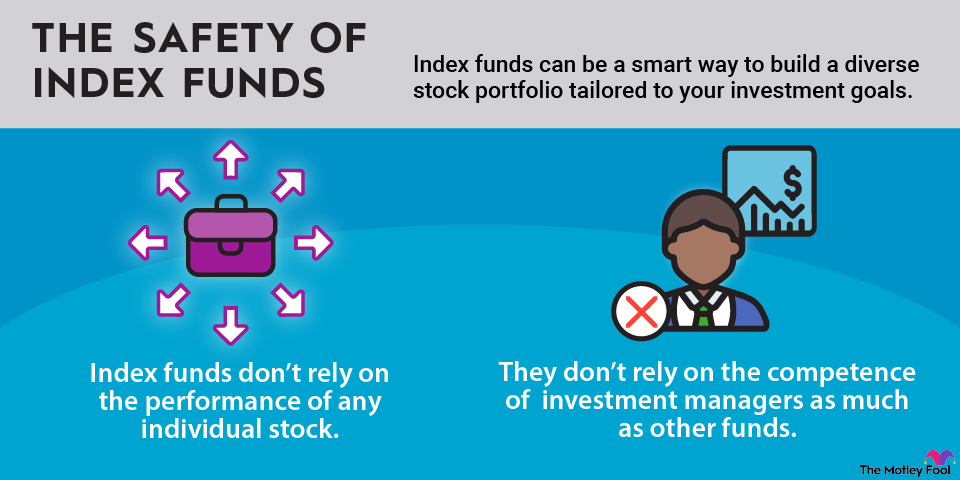
Nine of the safest index funds and ETFs to buy in 2025
There are plenty of index funds to invest in, but some are much safer than others. Some deliver fantastic long-term returns no matter what the economy, political climate, or stock market does in the short run. Others hold up better during recessions and other periods of uncertainty. By incorporating index funds like the nine exchange-traded funds (ETFs) listed here into your portfolio, you can implement a well-rounded investment strategy that can help you build wealth and sleep soundly at night.
1. Vanguard S&P 500 ETF
Legendary investor Warren Buffett has said that the best investment the average American can make is a low-cost S&P 500 index fund like the Vanguard S&P 500 ETF (VOO +0.04%).
As its name implies, the ETF invests in all 500 companies that make up the S&P 500 large-cap benchmark index and aims to track the performance of the index over time. It has a rock-bottom 0.03% expense ratio, which means your annual investment fees will be just $0.30 for every $1,000 in fund assets.
For all of these funds, note that an expense ratio isn't a fee you have to pay. It will simply be reflected in the index fund's performance over time.
To be sure, the S&P 500 isn't necessarily a "safe" investment over short periods of time. The index has historically fallen by 20% or more from recent highs every few years. However, over time, you might be surprised by how consistent the performance of the S&P 500 has been. From 1965 through the end of 2024, the S&P 500 delivered annualized total returns of 10.4%, and performance like this can build tremendous wealth over long periods.
2. Vanguard High Dividend Yield ETF
The Vanguard High Dividend Yield ETF (VYM -0.32%) tracks an index of stocks that have above-average dividend yields. The fund has a 0.06% expense ratio and invests in 580 different stocks, with top holdings including Broadcom (AVGO +3.49%), Walmart (WMT -0.69%), ExxonMobil (XOM +1.23%), and JPMorgan Chase (JPM +0.05%). As you might expect, the ETF has an above-average 2.5% dividend yield.
As a group, dividend-paying stocks tend to hold up better than their non-dividend counterparts during tough times; that's exactly what we saw during the most recent bear market.
This doesn't come at the expense of long-term performance. The dividend-focused ETF tends to outperform during tough times and underperform during bull markets, but dividend stocks have historically delivered about the same total returns as the S&P 500 over time. In a nutshell, the ETF can be a great option for investors who want strong long-term performance but with less short-term volatility than the overall market.
3. Vanguard Real Estate ETF
Real estate investment trusts, or REITs, can be a great addition to any risk-averse investment portfolio. REITs tend to pay higher dividends than the typical S&P 500 stock, have lower volatility during difficult environments, and have actually outperformed the S&P slightly over the long run.
The Vanguard Real Estate ETF (VNQ -2.58%) tracks a weighted index of 155 REITs, with top holdings that include American Tower (AMT -1.97%), Prologis (PLD -1.79%), Equinix (EQIX -2.41%), and Welltower (WELL -1.26%), just to name a few. Because REITs are designed to pass through most of their income to shareholders, the fund pays a dividend yield of about 3.5% as of September 2025. Its 0.13% expense ratio is on the lower end of the ETF spectrum, so you’ll keep most of the returns the underlying stocks generate.
4. iShares Core S&P Total U.S. Stock Market ETF
Instead of choosing individual stocks or even a particular benchmark index, one way to reduce your risk is to simply invest in the entire stock market. You can do this by investing in an index fund that tracks a "total market" index, such as the iShares Core S&P Total U.S. Stock Market ETF. (ITOT -0.07%) To be sure, the overall market can be quite volatile in the short term, but has historically produced excellent long-term returns.
As the name suggests, the ETF essentially aims to match the performance of the overall U.S. stock market. It owns almost 2,500 different stocks, ranging from mega-cap giants to small-cap companies. Its 0.03% expense ratio is among the lowest in the entire ETF industry.
5. Consumer Staples Select Sector SPDR Fund
If you're concerned about safety during a recession or other tough environments, it can be a good idea to invest in companies that sell things that people need. The consumer staples sector is full of companies that do just that, and a great index fund to invest in is the Consumer Staples Select Sector SPDR ETF (XLP -2.36%).
The ETF has a 0.08% expense ratio, which is certainly on the lower end of the spectrum when it comes to sector-specific index funds. It invests in the consumer staples companies in the S&P 500 index, with larger holdings in companies such as Costco (COST -1.35%), Procter & Gamble (PG -1.81%), Walmart, and Coca-Cola (KO -2.58%). In a nutshell, these businesses tend to do almost as well in tough economic times as they do in strong economies.
6. iShares 0-3 Month Treasury Bond ETF
Related investing topics
The bottom line
Index funds can be a smart way to build a diverse stock portfolio tailored to your investment goals, whether your priorities are income, growth, stability, or a combination of the three. While this isn't intended to be an exhaustive list of the index funds that could add an element of safety to your investment strategy, these are nine examples of excellent index fund ETFs that could be a great start.
